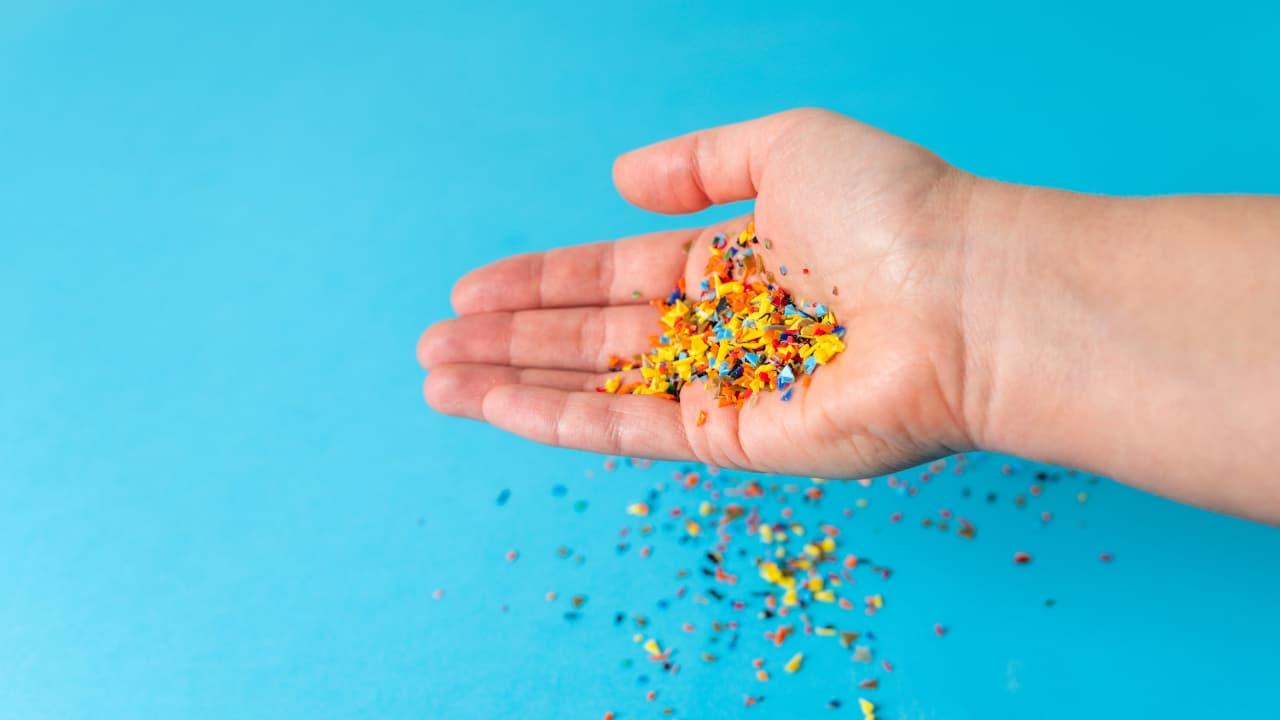Microplastics Are Flooding The Gulf Of Mexico And Threatening Marine Life
Recent studies have shown that tiny plastic particles, called microplastics, are accumulating in the Gulf of Mexico, putting marine life at great risk. These tiny bits of plastic are not only harming animals, but they are also affecting the fish we eat, which in turn affects our health and food supply. The research was published in the journal npj Emerging Contaminants. It focused on the northern part of the Gulf, near the southern US coast. Scientists used computer models to track the movement of microplastics over three years. Their findings were concerning. They found that the areas where marine animals live and reproduce are becoming heavily polluted with plastic.
What Are Microplastics?
Microplastics are very small pieces of plastic, typically less than 5 millimetres in size. They come from larger plastics breaking down in the environment, or from everyday items such as synthetic clothing, plastic packaging, and makeup. They can easily enter rivers and oceans, where they are often swallowed by fish and other sea creatures.
Rivers, Not Factories, Are the Main Problem
One of the most surprising results of the study was the source of the plastic pollution. Research found that rivers are the main pathway for microplastics into the sea. These rivers collect plastic waste from large areas of land before carrying it into the Gulf of Mexico. The models used by the scientists showed how microplastics move through the water in a short time, about a month, and where they accumulate.
A Plastic Hotspot Near the Mississippi River
A major concern is the area just west of the Mississippi River Delta. Here, scientists found a significant buildup of microplastics, creating a pollution hotspot. This area is crucial because it supports many types of sea life, including red snapper, turtles, and dolphins.
In the ocean, heavier particles sink to the bottom, while lighter ones float near the surface. Despite waves, some floating particles stay in place, allowing them to accumulate in large amounts over time.
What Does This Mean for Humans?
Beyond marine animals, it has direct effects on humans as well. The areas being polluted are the same regions where people catch fish and seafood. That means microplastics are likely entering our food supply.
The research didn't just stop at identifying the problem. It also suggested practical solutions. By showing exactly where plastic comes from and where it ends up, it becomes possible to take action to reduce pollution. This may involve cleaning specific rivers or improving how we manage plastic waste inland before it reaches the sea.
Protecting Our Oceans, Protecting Ourselves
Experts say when people realize that pollution affects the fish they eat or the health of sea animals they care about, they are more likely to take action. This research provides a clearer understanding of how microplastics move through the ocean, where they cause the most harm, and what we can do to prevent them.
Legal Disclaimer:
MENAFN provides the
information “as is” without warranty of any kind. We do not accept
any responsibility or liability for the accuracy, content, images,
videos, licenses, completeness, legality, or reliability of the information
contained in this article. If you have any complaints or copyright
issues related to this article, kindly contact the provider above.
Most popular stories
Market Research

- Kucoin Presents Kumining: Embodying Simple Mining, Smart Gains For Effortless Crypto Accumulation
- BILLY 'The Mascot Of BASE' Is Now Trading Live On BASE Chain
- Primexbt Launches Empowering Traders To Succeed Campaign, Leading A New Era Of Trading
- United States Animal Health Market Size, Industry Trends, Share, Growth And Report 2025-2033
- United States Lubricants Market Growth Opportunities & Share Dynamics 20252033
- Japan Buy Now Pay Later Market Size To Surpass USD 145.5 Billion By 2033 CAGR Of 22.23%






















Comments
No comment